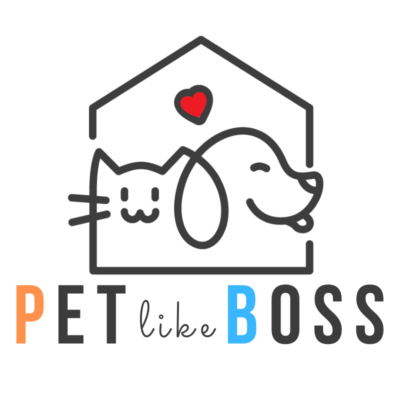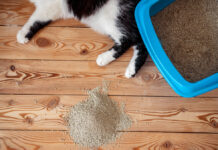The Quick Answer You Need
Yes, dogs can eat Manchego cheese, but only in small amounts and with some important precautions! While this Spanish cheese isn’t toxic to our furry friends, you’ll wanna be careful about how much you’re sharing with your pup.
What’s The Deal With Manchego Cheese?
Before we dive deeper into whether your pooch should be munching on this tasty treat, let’s get to know what Manchego cheese actually is. This fancy Spanish cheese is made from sheep’s milk and has been around for like, forever! It’s got this awesome nutty flavor that humans absolutely love, but what about our four-legged friends?
The Good Stuff About Manchego for Dogs
- High in Protein: Your doggo needs protein, and Manchego’s got plenty!
- Calcium Content: Great for those bones and teeth
- Essential Nutrients: Contains vitamins A, B12, and zinc
The Not-So-Great Stuff
- High in Fat: Too much can lead to weight gain
- Salt Content: More than your pup probably needs
- Lactose: Even tho it’s lower than other cheeses, some dogs might still be sensitive
Serving Sizes: Don’t Go Crazy!
Listen up, fam! When it comes to giving your dog Manchego cheese, size matters big time Here’s a rough guide
- Tiny Dogs (under 10 lbs): Just a tiny nibble (like, pea-sized)
- Medium Dogs (10-50 lbs): About the size of a dice
- Large Dogs (50+ lbs): No more than a thumb-sized piece
Warning Signs to Watch For
Sometimes, even good things can cause troubles. Keep an eye out for these signs after giving your dog Manchego:
- Tummy upset
- Excessive thirst
- Diarrhea
- Vomiting
- Unusual lethargy
If you spot any of these. might be time to dial up your vet!
The Right Way to Introduce Manchego
Don’t just throw a chunk of cheese at your dog and hope for the best! Here’s how to do it proper:
- Start super small
- Watch for reactions for 24 hours
- If all good, you can gradually increase (but stay within limits!)
- Always remove the rind and wax coating
Creative Ways to Share Manchego With Your Dog
Wanna make it fun? Try these ideas:
- Use tiny bits as training treats
- Hide small pieces in puzzle toys
- Mix small amounts into their regular food for a special occasion
When to Absolutely Avoid Manchego
Some doggos should stay away from this cheese entirely:
- Dogs with diagnosed lactose intolerance
- Overweight pups
- Those with pancreatitis
- Dogs with known dairy allergies
- Puppies under 6 months
Common Questions Pet Parents Ask
“My dog ate the wax coating! Should I panic?”
Chill! While not ideal, small amounts of cheese wax usually pass through without problems. Just keep an eye on your pup for the next day or two.
“Can I give Manchego to my pregnant dog?”
Better skip it. Pregnant doggos need specific nutrition, and fancy cheese ain’t part of it.
“What about aged vs. fresh Manchego?”
Aged Manchego actually has less lactose, making it slightly better for dogs who might be sensitive.
Healthier Alternatives to Manchego
If you’re not sure about Manchego, try these instead:
- Small pieces of low-fat cottage cheese
- Plain, sugar-free yogurt
- Tiny bits of mozzarella
- Commercial dog treats (boring but safe!)
The Bottom Line
Look, sharing Manchego cheese with your dog isn’t gonna be the end of the world if you do it right. Just remember:
- Keep portions tiny
- Watch for reactions
- Don’t make it an everyday thing
- Skip it if your dog has any health issues
- When in doubt, ask your vet!
Final Thoughts
Treating your furry bestie is one of life’s great joys, but being responsible about it is super important! Manchego can be a safe occasional treat for most healthy dogs when given in moderation. Just use your common sense, watch those portion sizes, and always put your pup’s health first!
Remember, every dog is different, so what works for one might not work for another. If you’re ever unsure, your vet is just a phone call away. They know your dog’s specific needs better than any blog post ever could!
Stay pawsome and treat responsibly!
Note: This article is meant for informational purposes only and isn’t a substitute for professional veterinary advice. When in doubt, always consult with your veterinarian about your dog’s specific dietary needs.










![Why Dogs Are A Lot of Work: The Real Truth About Pet Parenthood [Help] How much work are dogs](https://petlikeboss.com/wp-content/uploads/2024/11/dogs-at-work-pros-cons-100x70.jpg)

